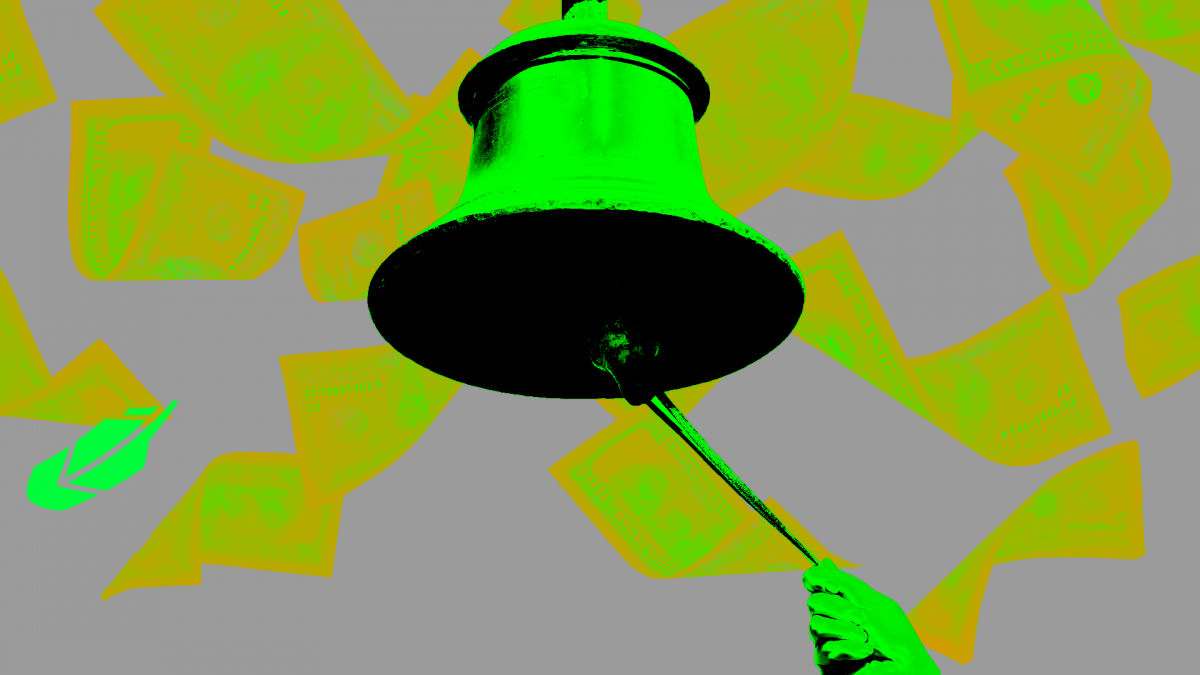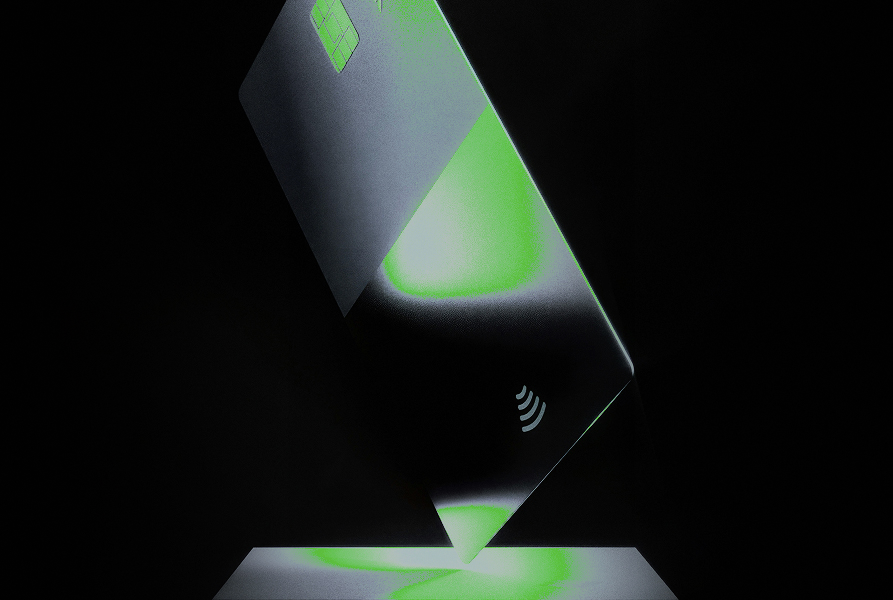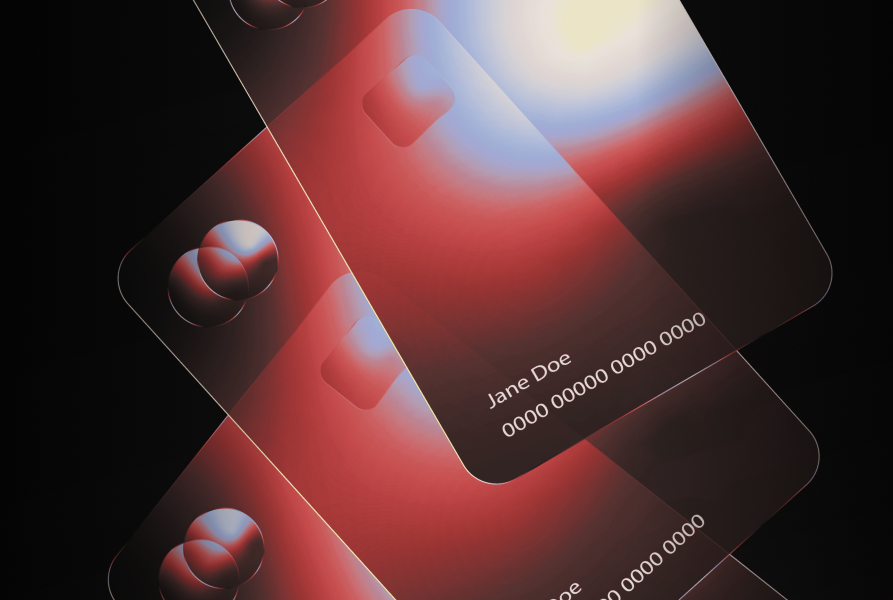Robinhood's stock whipsaws, closes down in market debut


Robinhood ended its first day trading on the public market down more than 8% after a volatile session for the popular brokerage app company.
Soon after HOOD began trading on Nasdaq, its shares dipped by around 12% from its opening price of $38 a share—making it one of the worst-performing initial public offerings in history, as Bloomberg reported. The price of Robinhood's shares ended the day just shy of $35.
The volatility is likely not surprising to certain market observers who were anticipating it because of the unique structure of Robinhood's debut.
The firm had set aside a chunk of stock for its users, mostly retailer traders who have unpredictable trading habits. The Wall Street Journal reported the company ended up giving between 20-25% of its stock to customers, citing people familiar with the situation.





